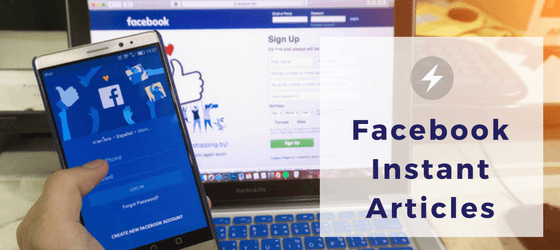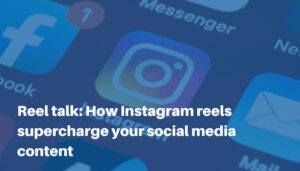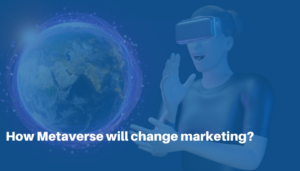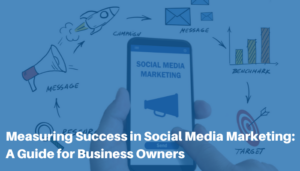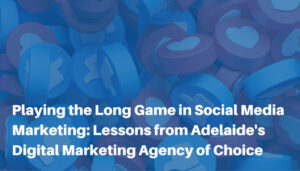You may not have ever heard of Facebook Instant Articles, but it’s likely that you’ve clicked on one before.
With one of the strongest mobile presences in the world, Facebook offers all company page owners the ability to create the easiest and most efficient mobile reading experience possible using Instant Articles.
Originally only available to large publishers like National Geographic and Mashable, Facebook announced in April 2016 that this feature was now going to be available to page owners of all shapes and sizes, no matter how big their following!
So what are Facebook Instant Articles?
Instant Articles are essentially web articles that load at approximately 10x the speed of a regular piece of content, making the information available to readers with almost no wait time. Instant Articles are identified in the Facebook newsfeed by a small, grey lightening bolt underneath the piece of content:
Not only are they optimised for fast mobile performance, but Instant Articles also allow for rich storytelling capabilities, branded design, customised visual display, and the ability to apply style and interactive functionality to a story.
How can you use Facebook Instant Articles?
Facebook Instant Articles work based on an RSS feed from an existing website. So after you establish the RSS feed within your content management system, you can then load a news article or blog to your website and the RSS feed will automatically pick it up and load it to Instant Articles. The post will not automatically be posted to your page though.
This is a great time saver, as it means that website owners don’t need to worry about publishing content across multiple platforms and locations. This is also great for the search engine ranking of your website, as it means the content lives there and will rank in Google searches too.
The other reason behind this process is that Instant Articles are only available to mobile users (iPhone and Android), so by having the article living natively on your website, it means that regular desktop users aren’t at a disadvantage!
How can I make money from Instant Articles?
Along with the Instant Article program, Facebook are now offering publishers the ability to sell and serve their own advertisements on the platform, and is allowing them to keep 100% of the profit. With the rate of mobile internet ad spending increasing, and with predictions that this will continue to dramatically grow in the next few years, this is highly important for small businesses.
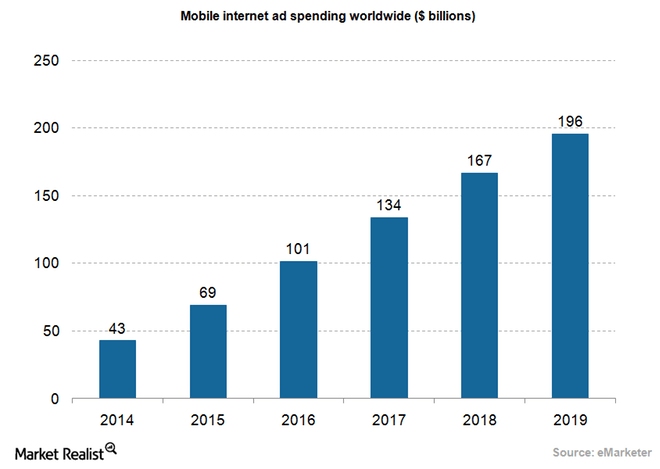 Source: Market Realist
Source: Market Realist
Instant Articles can be monetised through either direct-sold ads, Audience Network, or branded content.
- Direct-sold ads are video ads, animated ads, or banner ads that have been sold directly by you to the advertiser. You get to keep 100% of the revenue from these ads, providing you follow the guidelines on the link above.
- Audience Network ads allow relevant ads to be delivered from any of Facebook’s over 3 million advertisers – you just need to sign-up.
- Branded Content simply allows you to create and publish branded content as Instant Articles.
You’ve convinced me, how do I get started?
Simple! Follow this link and signup, create a style for your articles, import them, connect your site, submit 5 articles for review, then get sharing!
Get Started with Instant Articles >
If you’d like to talk about Instant Articles for your business, give the Digital Marketing AOK team a call – we love to chat all things social media!
